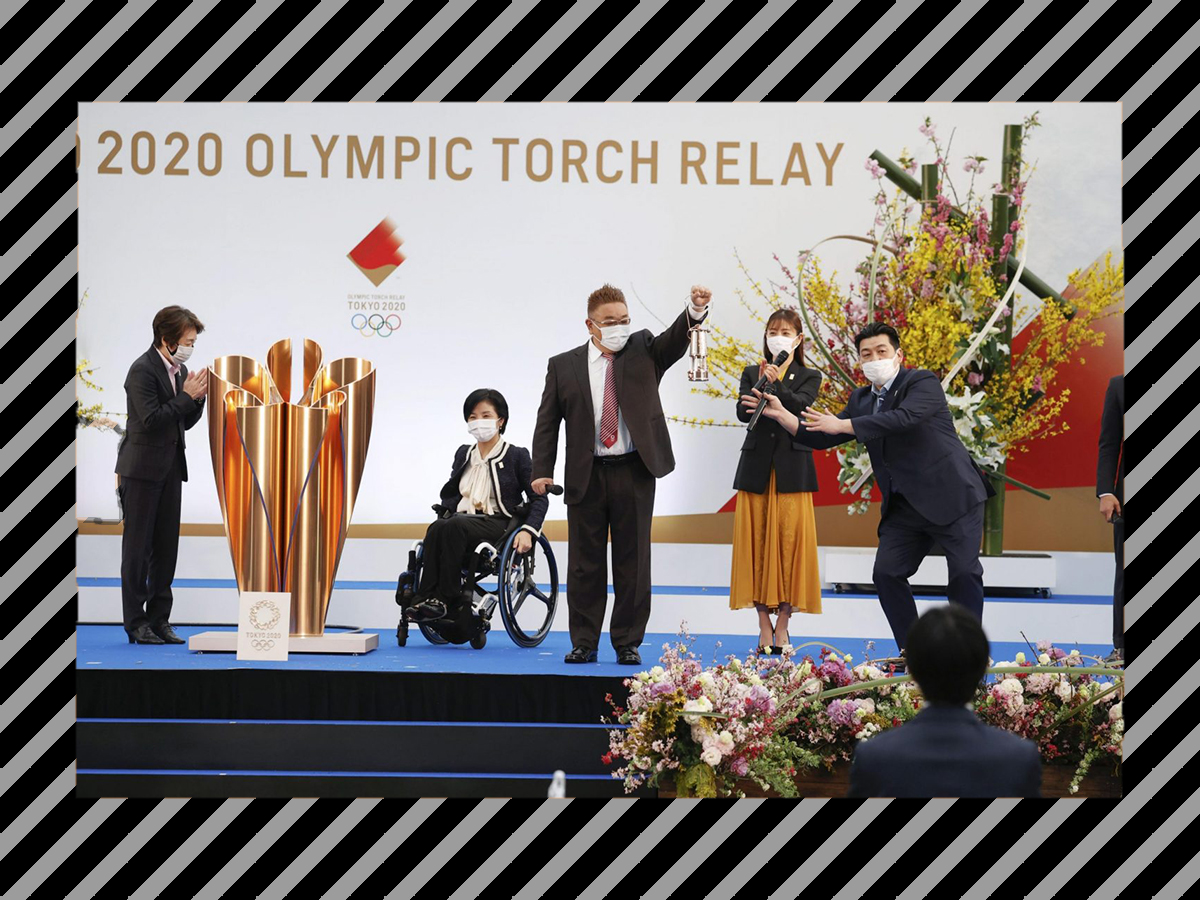
Source: © JAPAN Forward | Start of the 2020 Olympics Torch Relay in Fukushima, when there was hope that the Olympics would beat COVID-19
Will Japan’s Extended State of Emergency Work For or Against the Tokyo Olympics?
- Tags:
- 2020 Olympics / novel coronavirus / pandemic / state of emergency / Tokyo Olympics
Related Article
-

Refugee Athlete to take part in Tokyo Marathon 2020
-

These modern-day cats are busy adjusting their lives to the pandemic
-

Origami zoom parties help Japanese arts-and-crafts aficionados get through COVID-19
-

Olympics: Gratitude Pours In for Softball Coaches Praising Fukushima Peaches
-

Japanese inventor makes face mask that rises to let you eat, other “useless machines” for pandemic times
-

Annual surveys show how domestic Japanese life has changed during the pandemic


International Olympic Committee president Thomas Bach has said the Tokyo Olympics will be “a light at the end of the tunnel.” Will that light ever come through?
The Sankei Shimbun, JAPAN Forward
On March 25, the Olympic torch relay began at J-Village in Naraha and Hirono in Fukushima Prefecture. It was a symbol of reconstruction, marking 10 years since the Great East Japan Earthquake and the disaster at the Fukushima Daiichi Nuclear Power Plant run by Tokyo Electric Power Company (Tepco).
The first runners of the relay were members of Nadeshiko Japan, the winning team of the Women’s World Cup in 2011, the year the earthquake happened.
The original theme of the Tokyo Olympics was “Reconstruction Olympics,” which is why Fukushima was chosen as the starting point of the relay. The intention was to show the world that Fukushima had recovered from the disaster and to express gratitude for all the support it had received.
But the Games took on a whole new meaning when the COVID-19 pandemic hit. The Tokyo Olympics was turned into a sign of humanity’s victory over the coronavirus.
At the departure ceremony of the torch relay, Tamayo Marukawa, Minister for the Tokyo Olympics and Paralympics, said, “As the thoughts of each person are brought together and carried by the flame, enthusiasm for the Olympic Games will gradually rise among the Japanese people.”
However, the pandemic has continued to pour cold water on such sentiment.
During the Nagoya leg of the relay on April 5, the crowd became so dense that people couldn’t move in some locations. In Osaka Prefecture, the relay was canceled altogether on public roads, and the venue was changed to a circular course set up in the Expo ’70 Commemorative Park in Suita City.
Written by Japan ForwardThe continuation of this article can be read on the "Japan Forward" site.
Will Japan’s Extended State of Emergency Work For or Against the Tokyo Olympics?